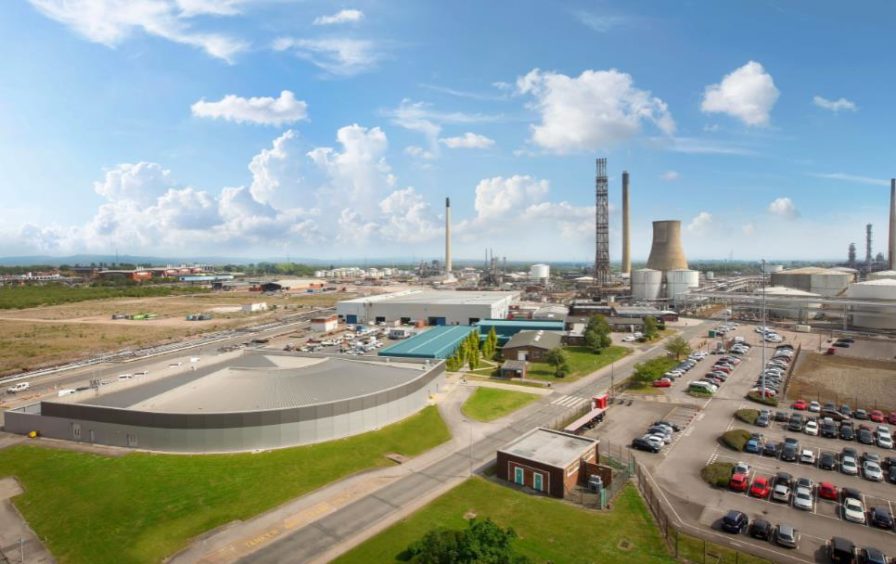
Mitsubishi Heavy Industries (MHI) has been selected to provide carbon dioxide capture technology for a low carbon hydrogen plant set for Cheshire.
MHI has come to a license agreement with Kellogg Brown & Root (KBR) to deliver the CCUS infrastructure to EET Hydrogen’s Hydrogen Production Plant 2 (HPP2). This site is a 1,000 MW project in the HyNet CCUS cluster.
Under the agreement, MHI will license its “Advanced KM CDR Process” carbon capture technology and provide the process design package (PDP) for the new post-combustion CO2 capture plant.
The captured CO2 will be permanently sequestered into depleted gas fields under the sea in Liverpool Bay.
Eni recently unveiled new details of infrastructure and timings for its Liverpool Bay carbon storage scheme, including a newbuild platform at the Douglas complex.
In paperwork filed with the Offshore Petroleum Regulator for Environment and Decommissioning Eni (MIL:ENI) set out proposals for decommissioning, the re-use of miles of existing pipeline and plans for new infrastructure as part of the wider HyNet cluster.
The newly filed environmental statement notes that the offshore portion of the project involves the repurposing of an existing gas import pipeline from the Point of Ayr (PoA) Gas Terminal, which would become an export pipeline to transport CO2 to a newly built Douglas CCS platform.
KBR will provide hydrogen production process technology and the front-end engineering design work for the project.
HPP2 augments the Hydrogen Production Plant 1 (HPP1) scheduled for construction as part of the large-scale low carbon hydrogen plant infrastructure planned by EET Hydrogen in the HyNet cluster.
HyNet was selected as one of the two Track-1 CCUS clusters to receive funding from the UK government in November 2021.
The ENI-led consortium behind HyNet intends to store up to 4.5 million tonnes of C02 per year before the end of the decade, rising to a potential 10 million tonnes from 2030 onwards.

